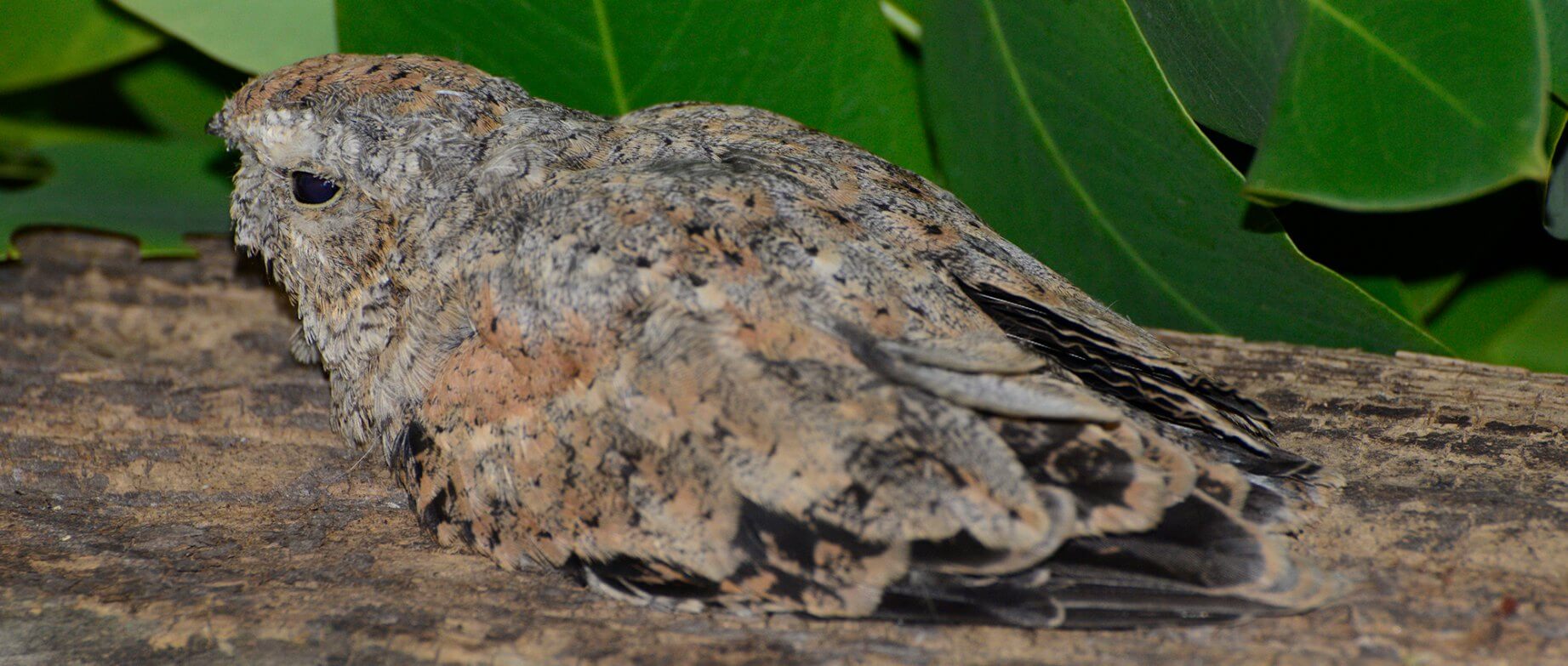
Common Nighthawk
Chotacabras migratorio
Chordeiles minor
This is a medium-sized, long-winged, crepuscular or nocturnal bird within the nightjar family, whose presence and identity are best revealed by its call or vocalization. It is dark brown and gray, displaying cryptic coloration and intricate patterns, this bird is difficult to spot with the naked eye during the day. It has an erratic flight and is very difficult to observe. A most remarkable feature of this aerial insectivore is its small beak in relation to the massiveness of its mouth. It has a forked tail with a white bar. It may be found in forests, desert, beach and desert scrub, cities, and prairies. With its horizontal stance and short legs, the common nighthawk does not travel on the ground, instead preferring to perch horizontally, parallel to branches, on posts, on the ground or on a roof. Flying at a height slightly above the treetops, he abruptly dives for the ground. As he peels out of his dive, it flexes its wings downward, and the air rushing across his wingtips makes a deep booming or whooshing sound, as if a racecar has just passed by. The dives may be directed at females, territorial intruders, and even people. It feeds on flying insects using its long wings. Food availability is likely a key factor in determining when and which areas are suitable for habitation. The young are so well camouflaged that they’re hard to find, and even the adults seem to vanish as soon as they land. This bird is not well adapted to survive in poor conditions, such as low food availability. It weighs 55 to 98 g (1.9 to 3.5 oz) and has a life span of 4 to 5 years.
Es un ave altamente migratoria no reproductiva proveniente de Norteamérica. Presenta iris café oscuro, pico negruzco y patas parduzcas. Ambos sexos presentan coronilla de color café oscuro con manchas castaño claro y línea superciliar blanco grisáceo. Sus partes superiores son de color café o café negruzco con manchas o moteado de color blanco grisáceo y acanelado. Sus partes inferiores son de color café con barrado blanco grisáceo el cual se torna más café en el vientre y flancos. En reposo usualmente la punta de las alas se extiende más allá de la cola. Los machos presentan garganta de color blanco y las hembras café claro. Los machos también presentan una banda blanca amplia en las 5 plumas primarias más externas y otra banda subterminal del mismo color en la cola. Los machos pesan de 46 a 107 g y las hembras de 49 a 101 g. Se le encuentra en áreas abiertas como playas, pastizales, cultivos y pantanos. Atrapa insectos al vuelo a grandes alturas sobre áreas abiertas o cuerpos de agua. Se alimenta de insectos atraídos por luces artificiales o el fuego. Su vuelo es boyante con aletazos lentos alternados con aletazos rápidos y erráticos. Cuando busca alimento sondea con su corto pico en el fango y en aguas poco profundas. Se alimenta de insectos. El macho efectúa despliegues de cortejo que consisten en zambullidas aéreas abruptas y de este modo produce un sonido estrepitoso con sus alas.
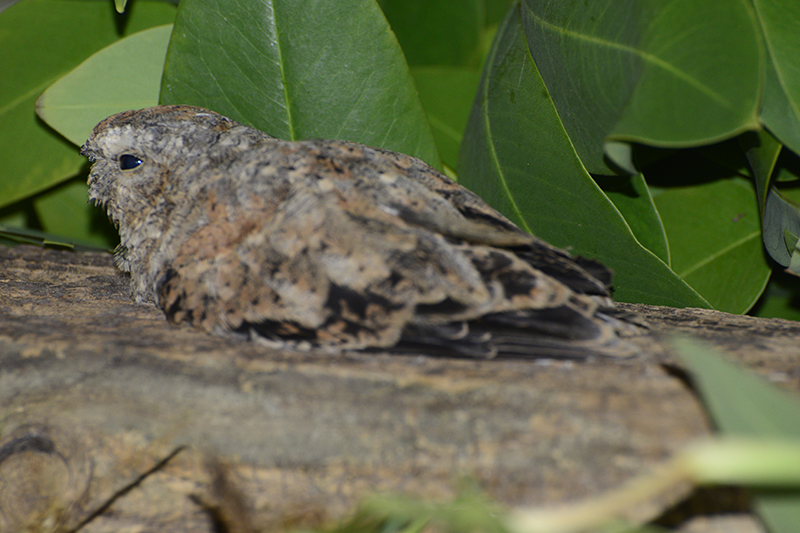
LAM_9019
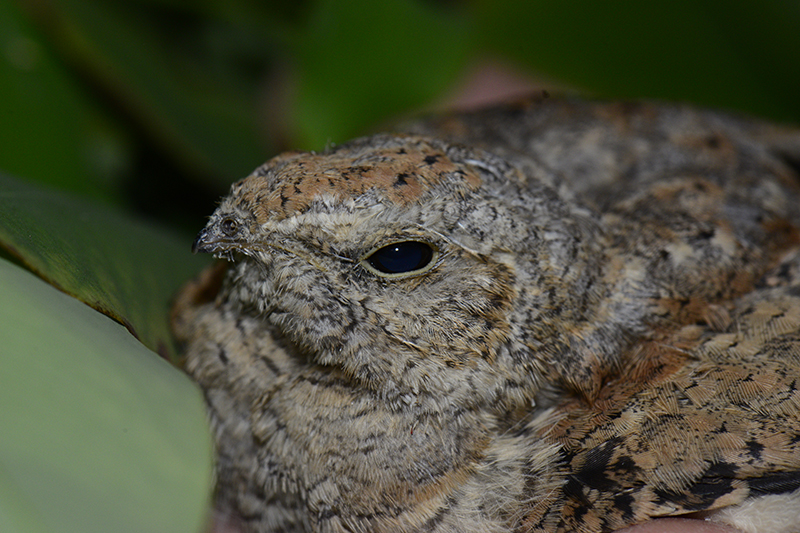
LAM_9029
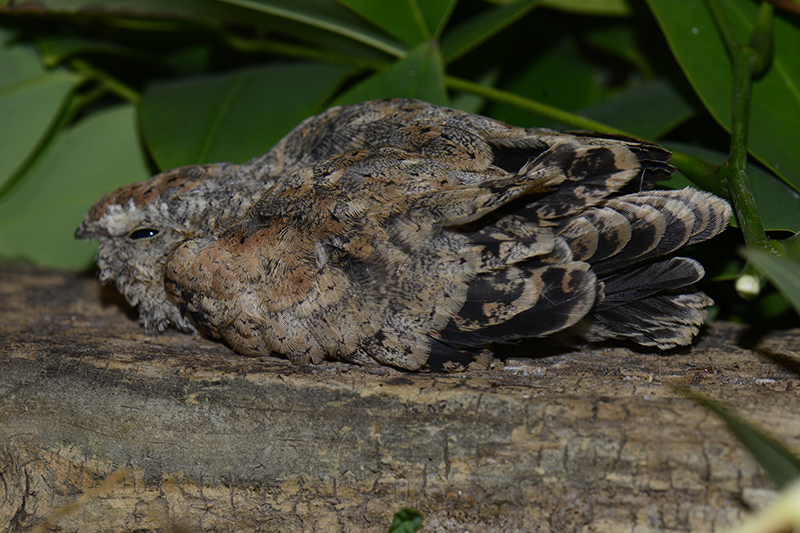
LAM_9027

LAM_9020
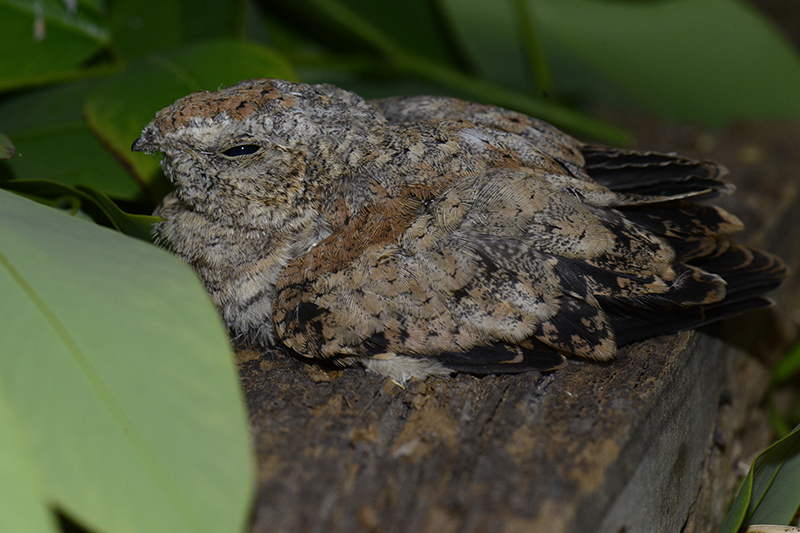
LAM_9030
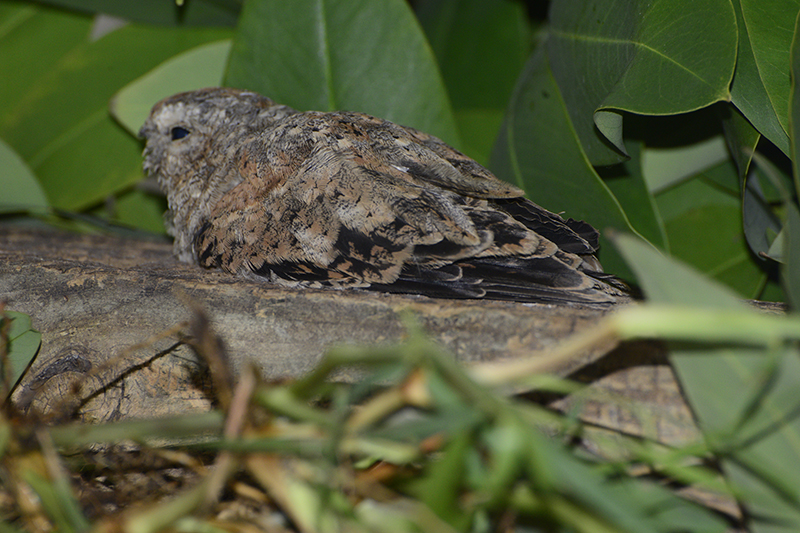
LAM_9021
